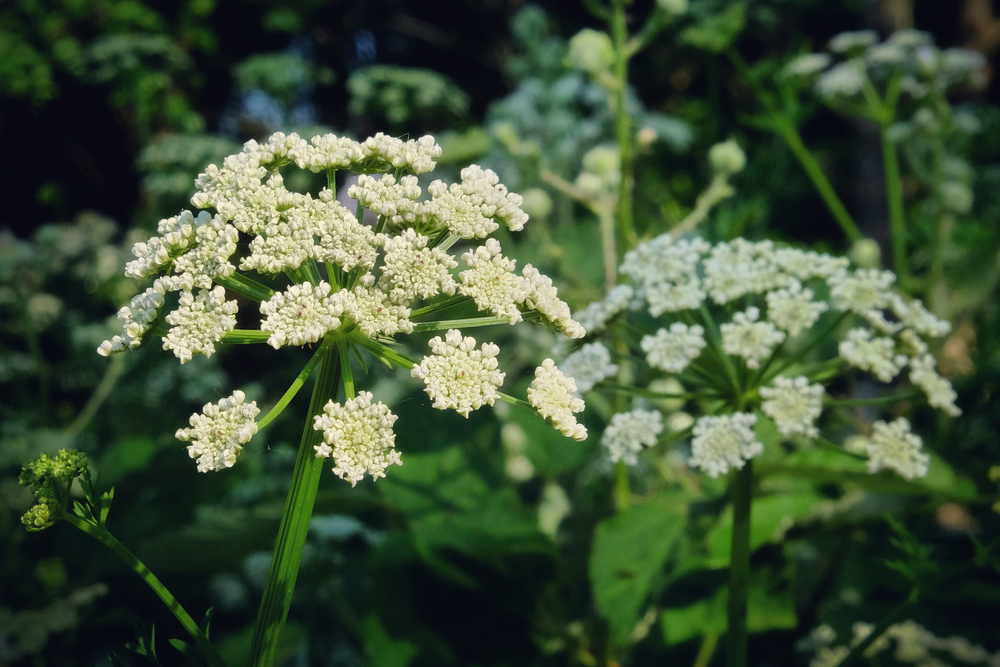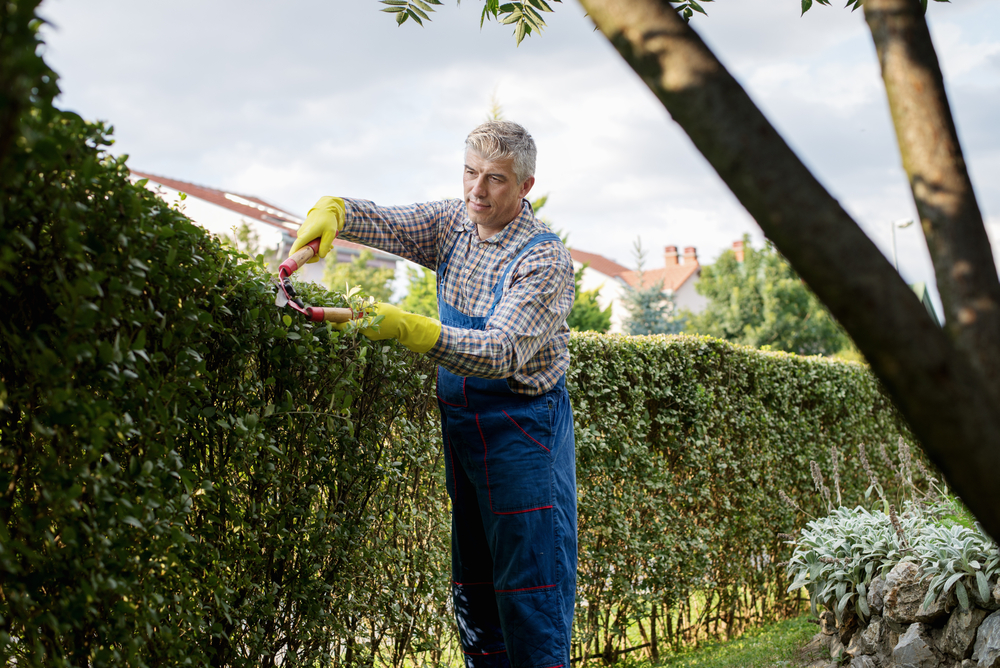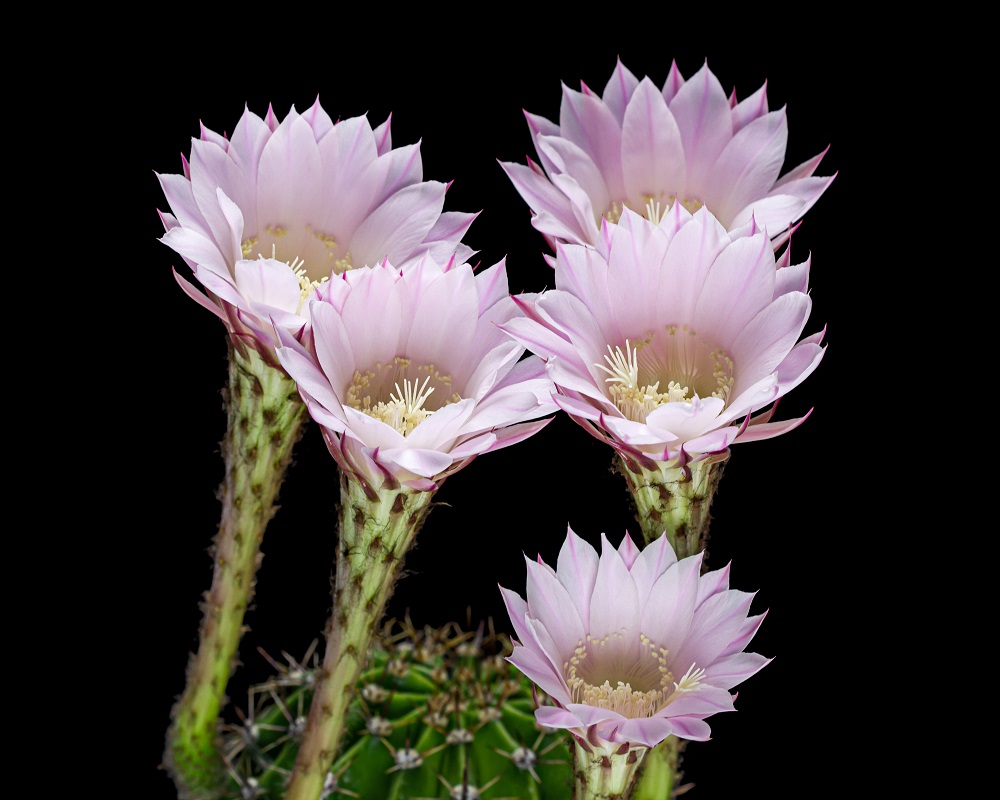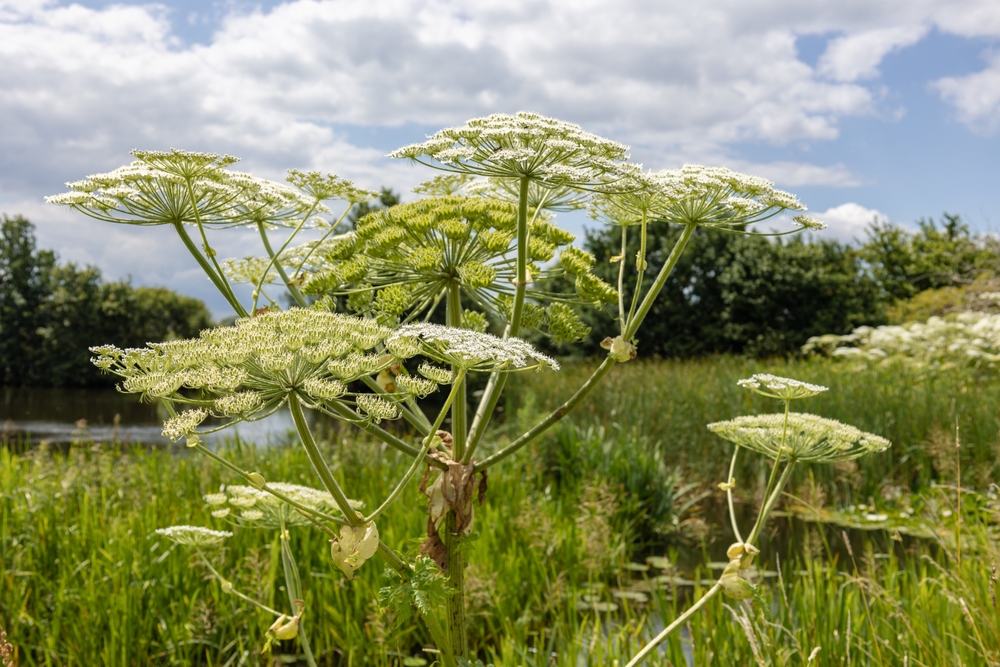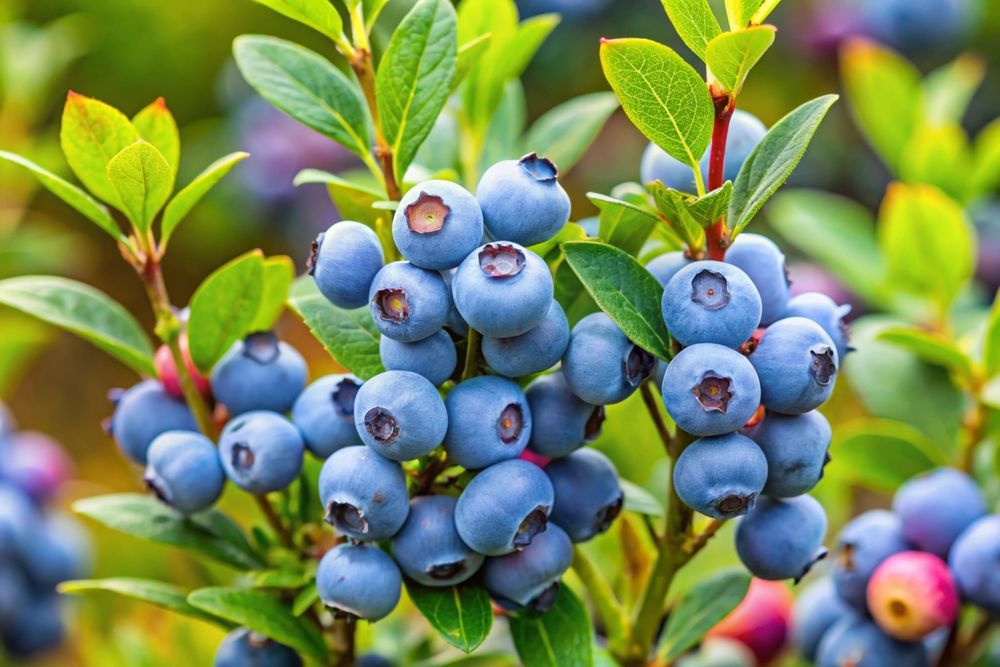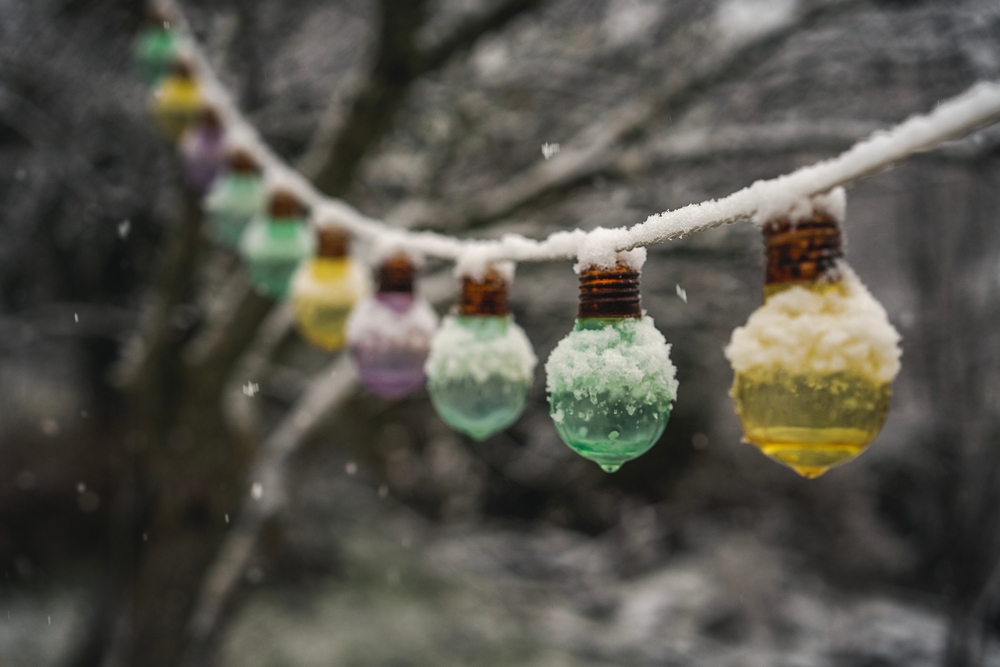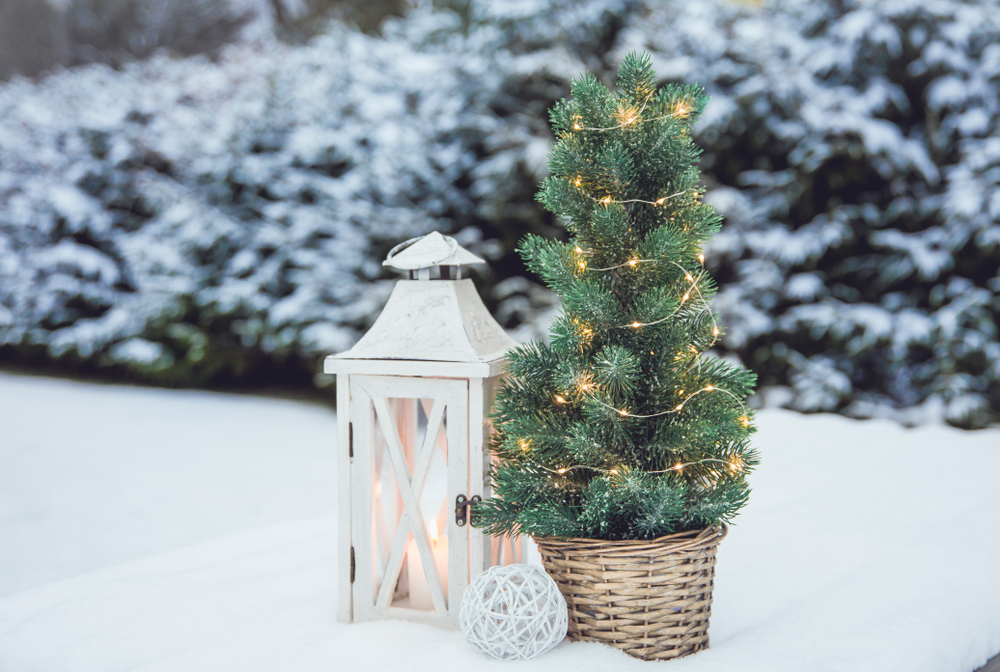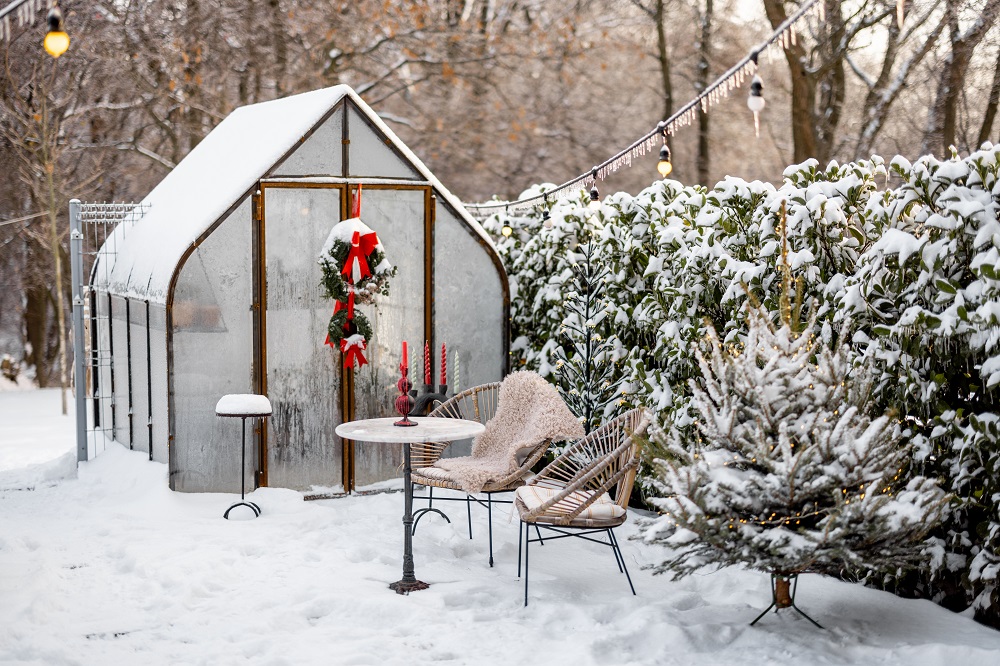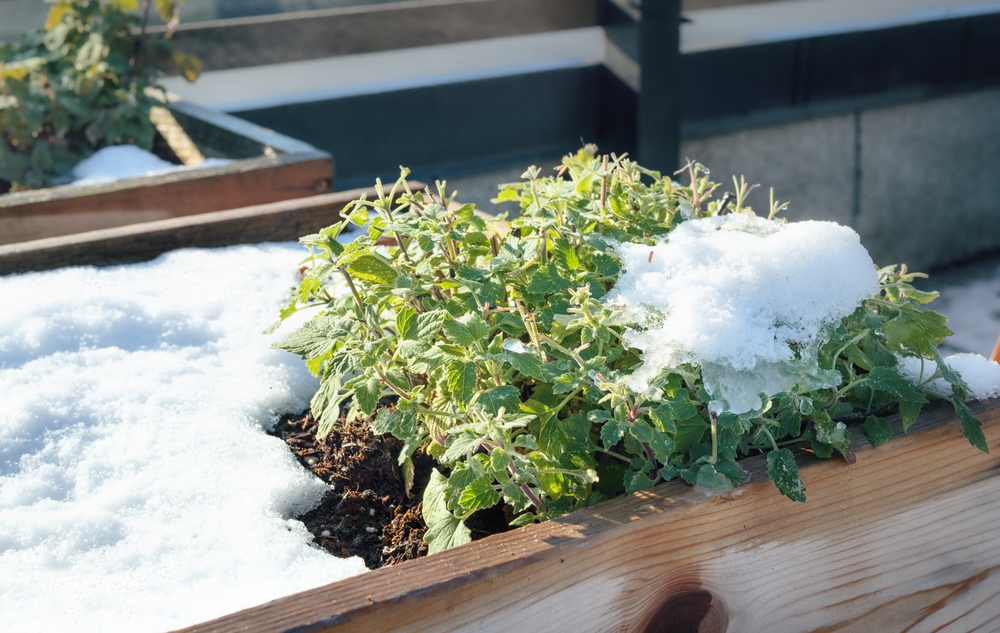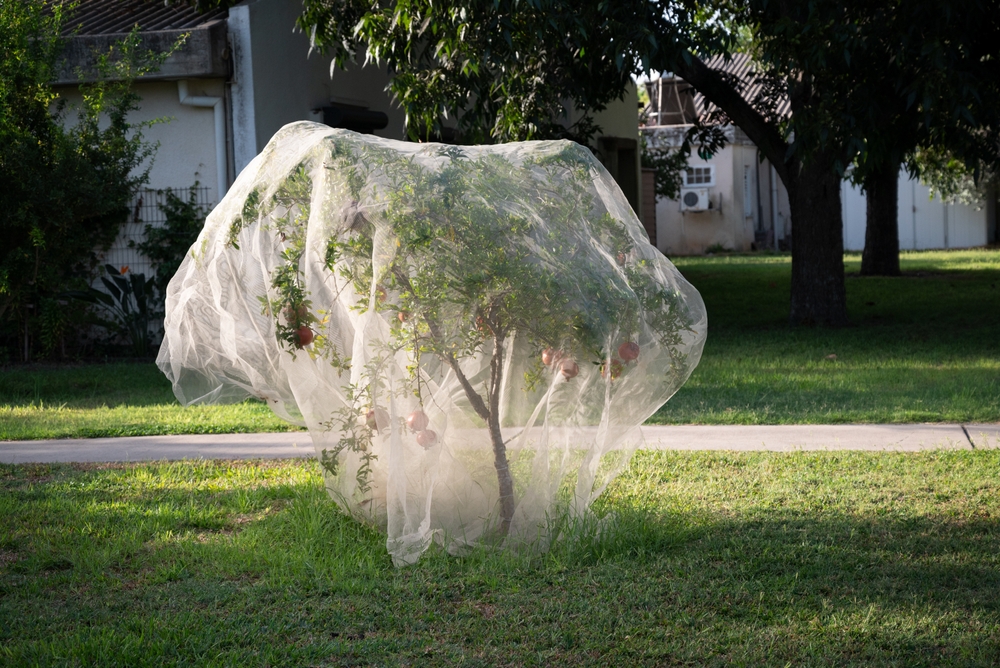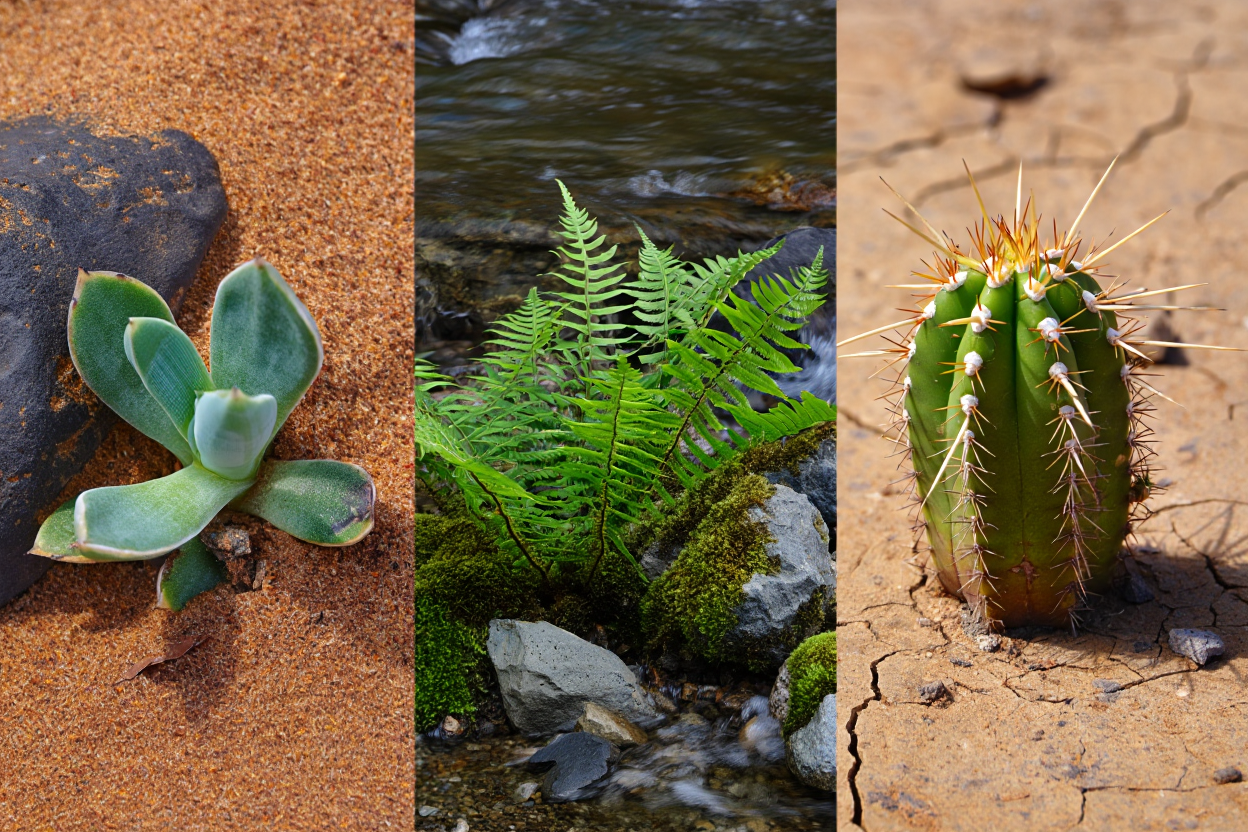
Put your faith in these resilient plants that will survive even the harshest of weather!
If you live in a spot where the weather is unpredictable, it would help if you had resilient plants in your garden!
With how bizarre the weather patterns have gotten in the last couple of years, it is better to know what you can plant and grow that will not fall prey to the capricious nature of the weather!
No matter where you are located in the United States, you could be faced with some sort of weird weather or even a weather crisis; be it that we are talking about cold, heat, flooding, drought, fire, or winds, all of them can be a hard challenge for your garden.
The best way to make sure that you are not going to lose all your plants in the event of a weather crisis is to incorporate some resilient plants into your landscape.
Be it that they are going to be useful in your day-to-day life or they are going to be purely decorative, we have gathered some of the best plants for all types of weather issues you could have so that you can have your very own resilient plants!
From veggies and herbs to flowers and trees, make sure you keep on reading to discover them!
Did you plant any of these? Which one of them surprised you? Share your thoughts in the comments!

